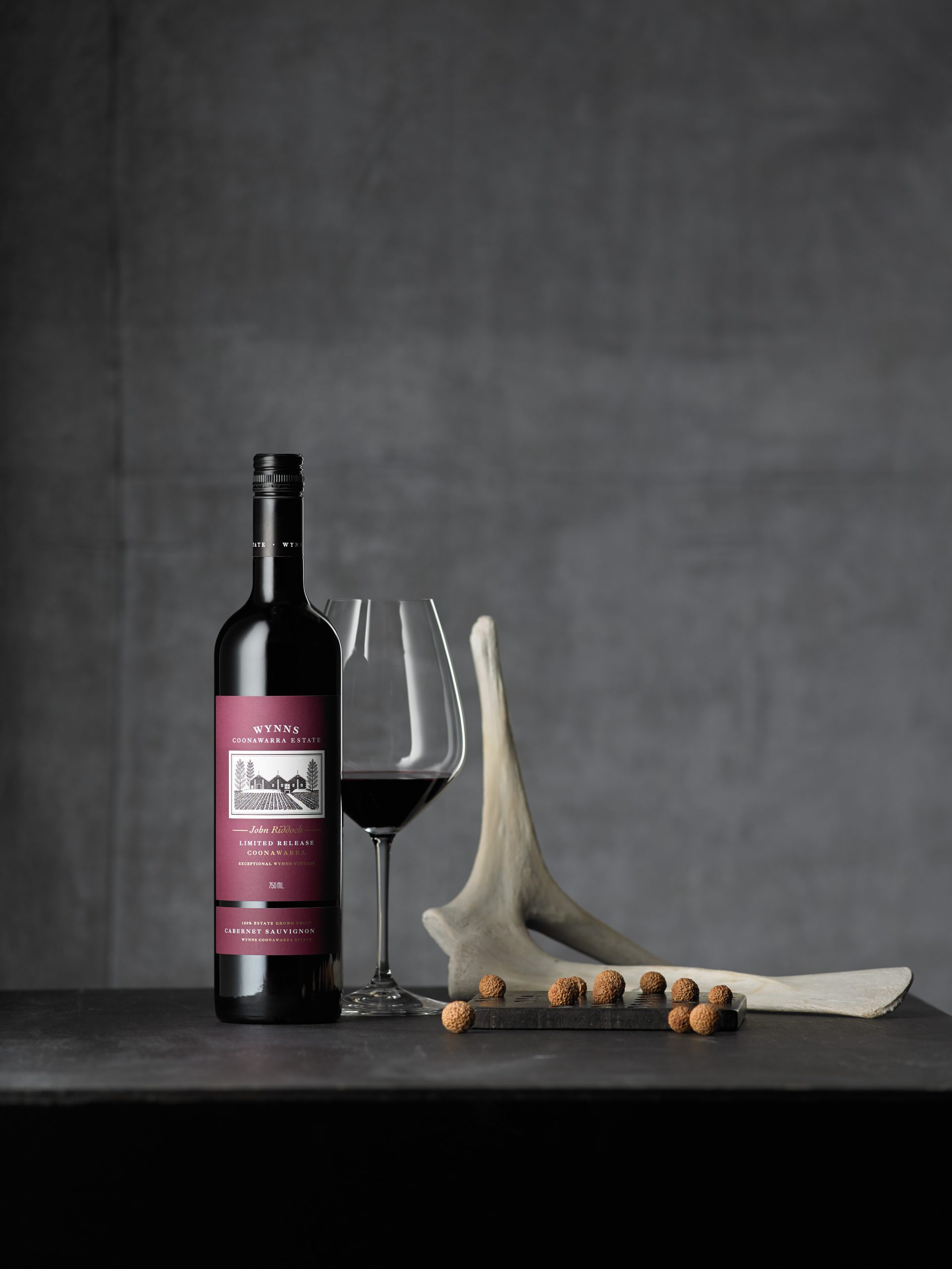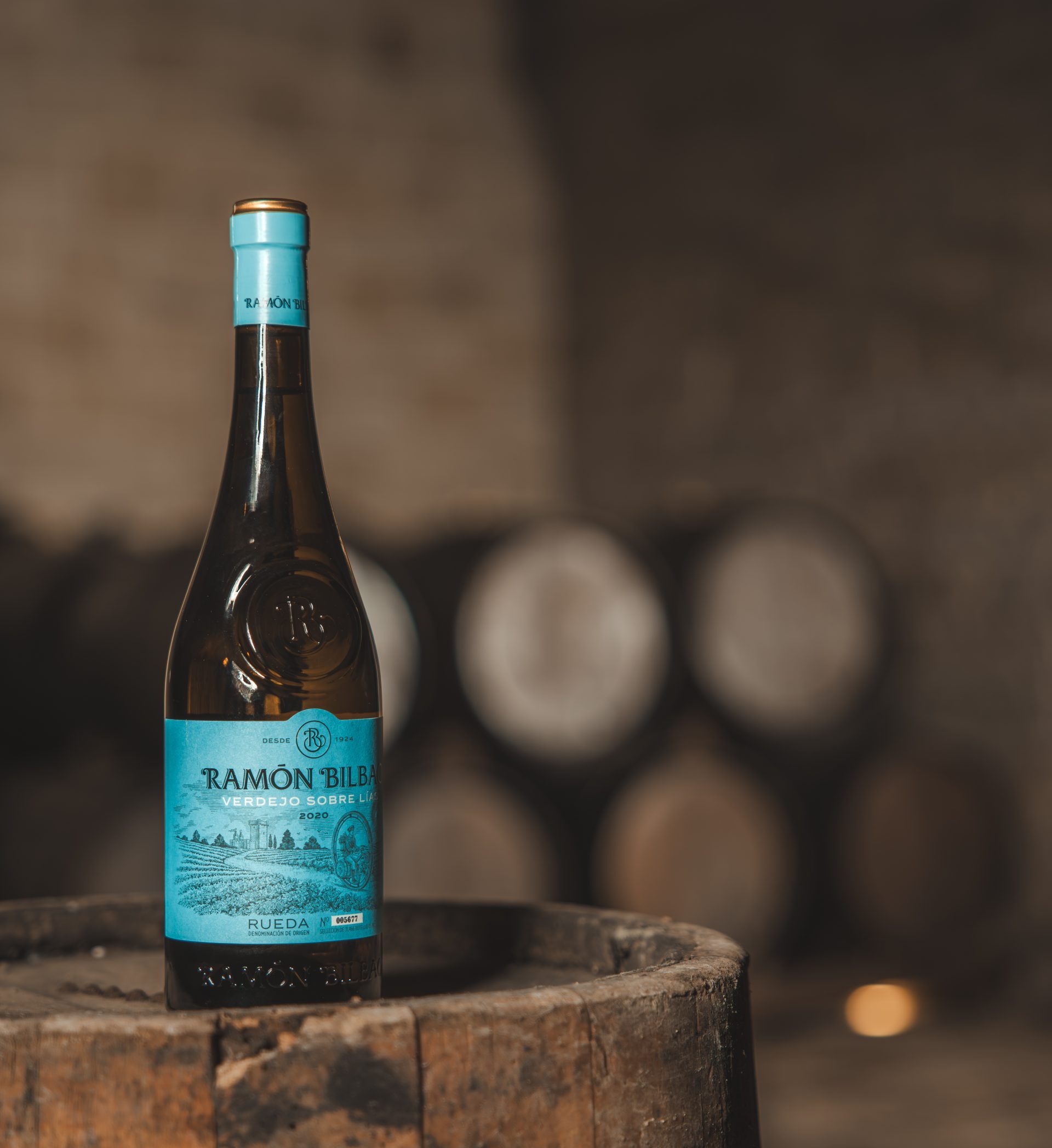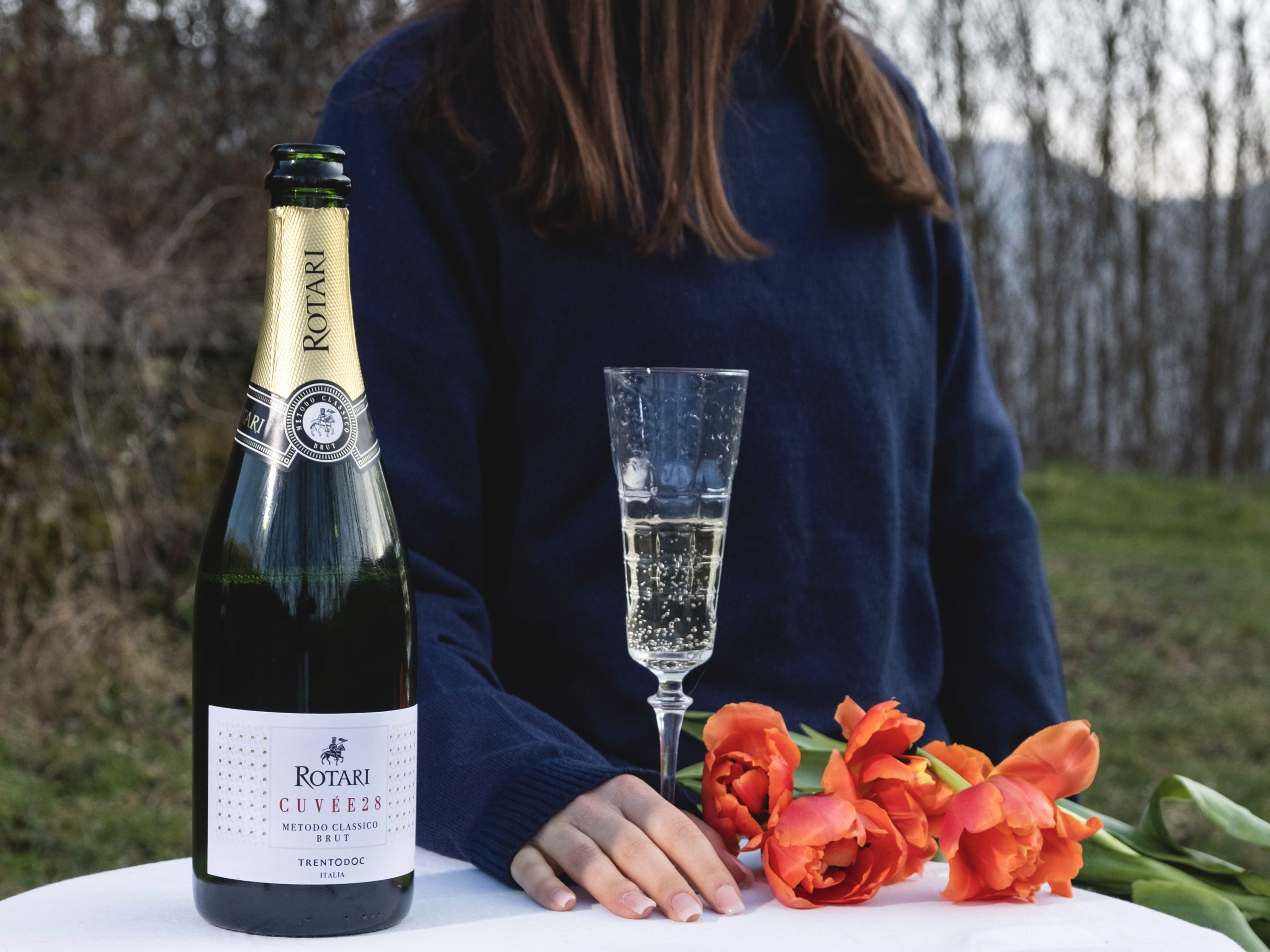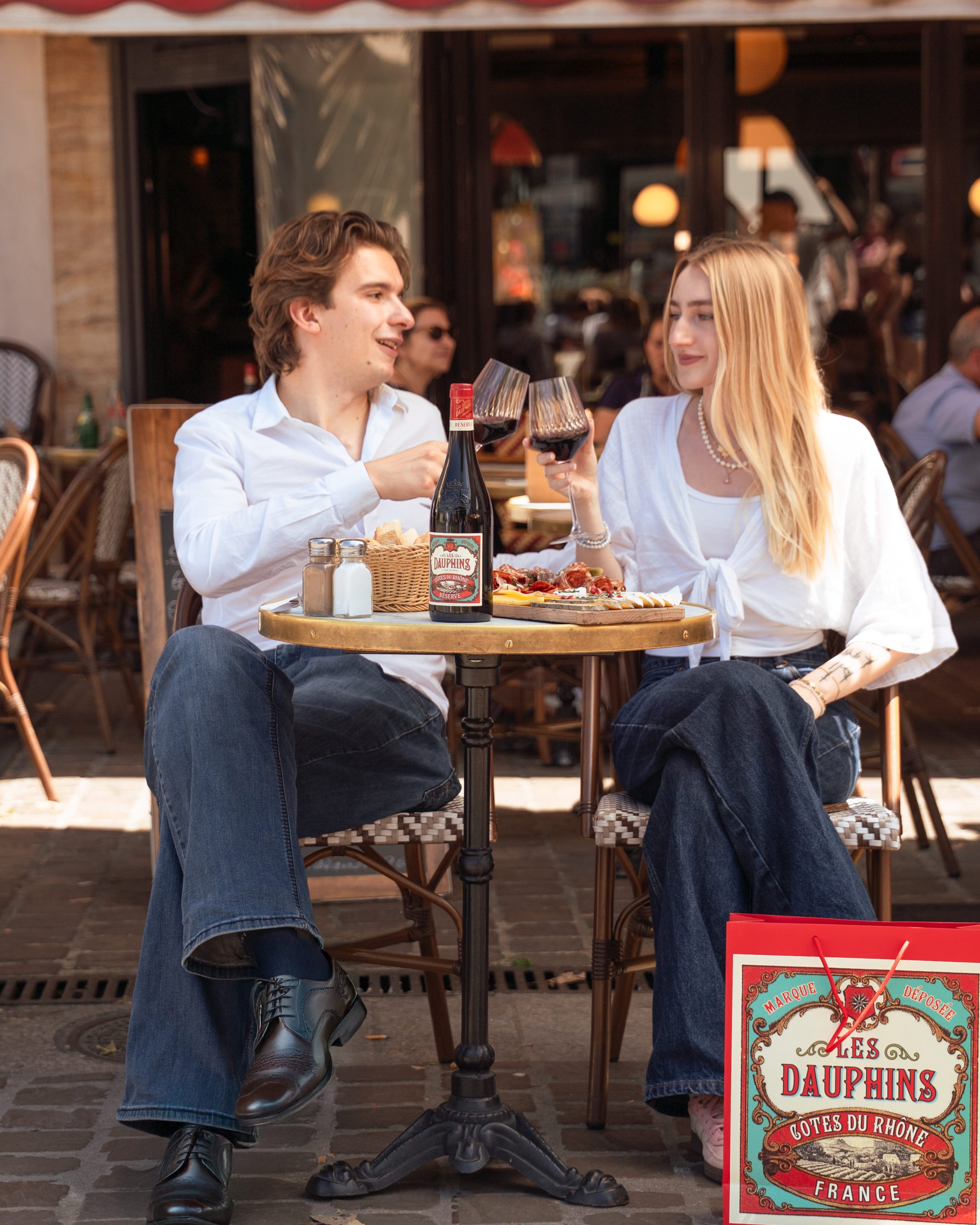10 years on tasting highlights peculiarity of Bordeaux 2003
A tasting last month of classed growth Bordeaux 10 years on confirmed the atypical nature of the 2003 vintage, famous for its extremely hot summer.
The tasting, organised by fine wine merchant Bordeaux Index at its London offices on 21 March, comprised almost every major cru classé château from the left and right bank, including all five first growths.
Designed to assess the quality and character of Bordeaux’s finest wines 10 years after the harvest, such an extensive tasting was first conducted by Bordeaux Index four years ago with the 1999 vintage, and first reported on by db after the 2000 tasting.
Speaking to the drinks business after this year’s tasting, Bordeaux authority Michael Schuster, who runs the wine school at the merchant, said the 2003 vintage was far from typical, while also noting that many of the wines were ready to drink now – somewhat prematurely for classed growth Bordeaux.
“I think it’s is a long way from the great vintages of the past decade – 2005, 2009 and 2010 – and it’s clearly not a classic vintage either, it is not like 2001, 2004 or 2008,” he commented.
In fact, he declared the 2003 vintage “a complete oddball” but with “some very attractive wines” – and consequently stressed that 2003 was a “much better vintage” than 2002, which was described by him after last year’s “10 Years On” claret tasting as “quite difficult to enjoy”.
Indeed, he expressed surprise at “how nicely so many of the left banks had mellowed… I’d be happy to drink almost any of the firsts.”
He admitted that such rapid development among Bordeaux’s top tier was atypical, and meant that many of the region’s most famous labels weren’t capable of the extended ageing expected of a great vintage.
However, with 10 year’s development, the best of the 2003s he added had “wonderful bouquets”, and Margaux and Lafite he said offered the drinker “tremendous pleasure already”.
On the other hand, drawbacks highlighted by Schuster after the tasting included the uneven quality of the wines, with, in some cases, an absence of Bordeaux’s prized freshness, combined with a soft, rather delicate fruit core – a result of the rapid rise in grape sugars and equally swift drop in acidity due to the extended heat wave from June to August in Bordeaux (and across France) in 2003.
Also, Schuster identified tough tannins in certain wines, which he ascribed to fruit sugars rising ahead of phenolic maturity – meaning some producers picked grapes with sweet fruit but slightly astringent tannins. He also blamed extraction regimes in the winery which may have been too brutal for the soft fruit, as well as too much new oak.
In particular, wines made using Merlot and Cabernet Sauvignon from lighter sandy soils had the least ripe tannins, while cooler clay soils, with a better water holding capacity, gave more balanced results as the soil type allowed grapes to mature more evenly and slowly.
Partner Content
However, the earlier ripening Merlot seems to have faired less well in this early vintage, producing wines with high levels of sugar but not always full phenolic maturity.
Meanwhile, Cabernet Sauvignon from the northern Medoc, particularly Pauillac, produced the majority of the more attractive wines in this vintage – despite the free-draining gravel soils found in this commune.
Hence, Schuster said his top three wines from 2003 were Latour, Margaux and Lafite, with Pessac’s La Mission Haut Brion and the Right Bank’s Ausone completing his top five wines of the vintage.
Speaking to db more generally about the merit of tasting Bordeaux 10 years on, he noted that it was a particularly good time to assess the wines.
“After 10 years many of the wines are just beginning to drink really nicely… and the market wants to know what the wines are like at this stage, because they want to buy something ready to drink.”
db also took part in the tasting, and similarly rated the first growths highly, particularly Lafite and Margaux, while Latour appeared the most youthful of the firsts, with dense dark fruit and a tight tannin structure still evident.
Of the right bank wines, Ausone showed immensely generous, ripe, sweet fruit, although in db’s view Cheval Blanc showed superior structure and elegance, with chalky tannins as well as a cooler note perhaps from the high proportion of Cabernet Franc.
Some of the better value wines from the vintage included the perfumed Margaux second growth Château Brane-Cantenac (at £550 per 9l case in bond); Saint-Julien’s Château Talbot (£440) and Léoville-Barton (£750), and Pauillac’s Château Pontet-Canet (£875).
Schuster rated Château Haut-Batailley (£320), Grand Puy Lacoste (£390), St Pierre (£400), Langoa-Barton (£340) and St Emilion’s Belair (£365) for value.




